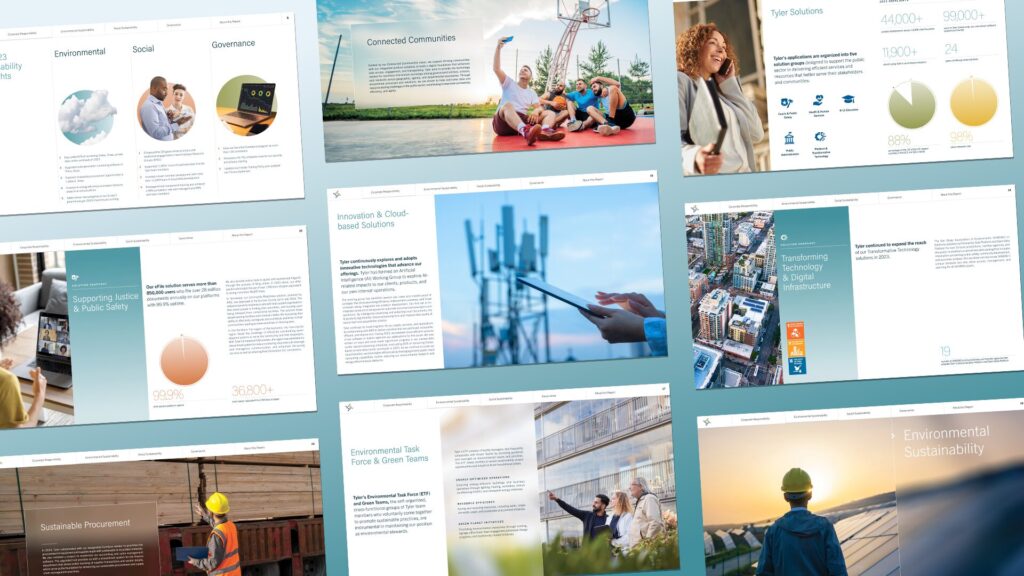Corporate responsibility has become a crucial pillar of modern business strategy in today’s interconnected world. With consumers and investors increasingly demanding transparency and ethical behavior, companies must go beyond profit and actively contribute to societal and environmental well-being. Corporate Responsibility Reports (CRRs) are at the heart of this endeavor, providing a detailed look into how businesses address their impact on the world. These reports are not just formalities but vital tools that reflect a company’s values and commitment to sustainable practices.
Statistics from Harvard Business School highlight the importance of this commitment: nearly 80% of consumers are motivated to purchase from companies committed to making the world a better place. Furthermore, 73% of investors state that efforts to improve the environment and society contribute to their investment decisions. These numbers underscore a decisive shift in expectations, where corporate actions are scrutinized through the lens of their broader impact. In this blog, we’ll explore how the design and content of CRRs can amplify a company’s message, foster stakeholder trust, and pave the way for meaningful, positive change.
“The price of greatness is responsibility.”
– Winston Churchill
This sentiment holds even more true from an employee perspective. A staggering 93% of employees believe that companies must lead with purpose, ultimately providing a deeper level of meaning and importance. Given this, companies need to keep responsibility top-of-mind, with some companies even having specific roles and/or entire teams dedicated solely to enhancing and tracking such initiatives.
The design and content of Corporate Responsibility Reports (CRRs) are instrumental in amplifying a company’s message, fostering stakeholder trust, and paving the way for meaningful, positive change. These reports serve as more than just documentation of corporate initiatives; they are strategic tools that communicate a company’s commitment to sustainability and social responsibility.
Most household names, such as Amazon, Target, Intel, Nestle, and Disney, choose to report and publicize their corporate responsibility initiatives and results each year as a key part of their branding strategy. Disney even has a Mickey Mouse-shaped solar facility (of course) that provides power to their Resort in Florida.
“We are committed to operating respectfully and responsibly in all that we do, and having a meaningful, positive impact on all the communities and people we serve.”
– Jennifer Cohen, EVP Corporate Responsibility, The Walt Disney Company
CRRs amplify a company’s message by crafting compelling narratives that align with its mission and values. Clear storytelling, supported by visually engaging elements, such as infographics and charts, transforms complex data into accessible information. Highlighting specific achievements and innovative projects showcases the company’s leadership and underscores its dedication to making a difference.
While the content within these typically lengthy documents is incredibly important, a CRR also serves as a yearly branding touchpoint, filled with design elements: imagery, compelling headlines, charts, graphs, brand colors, typography, etc. The design plays an important role in making a 60+ page document “scannable” and not overwhelming. Strategically placed, branded icons, statistics, charts, and pull quotes help break up the text and make the content more engaging.

Tyler Technologies’ 2023 Corporate Responsibility Report, Designed by Spire Agency
These reports foster stakeholder trust through transparency and accountability. By discussing both successes and challenges openly, companies show their commitment to honesty and improvement. Design elements also support transparency by making complex information more accessible. Effective CRRs set clear goals and benchmarks, showing stakeholders the company’s direction and strategies.
Companies’ commitment to corporate, social, and environmental responsibility will continue to intensify as consumers and employees demand their accountability in making our world a better place. A well-crafted CRR goes beyond regulatory requirements; it becomes a powerful tool for shaping perceptions, building trust, and driving real-world impact. By leveraging thoughtful design and strategic content, companies can effectively communicate their commitment to responsible business practices and inspire stakeholders to support their journey toward a sustainable future. As consumers and employees continue to demand accountability, the importance of a well-designed CRR will only grow, ensuring that these reports remain not just informative but also engaging and impactful.
To stay up to date on agency news, awards, and blog posts, subscribe to our Spire Wire newsletter.

